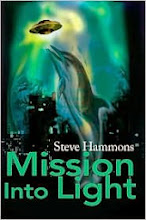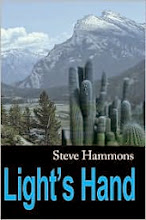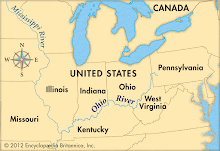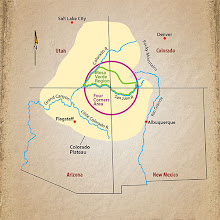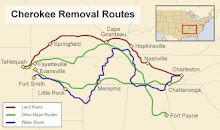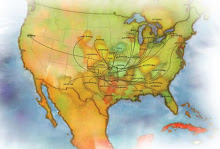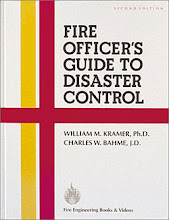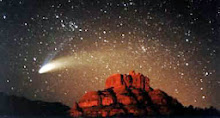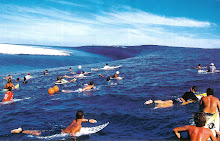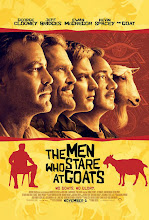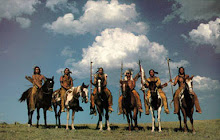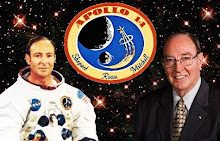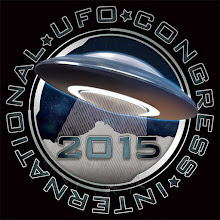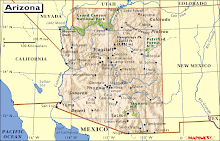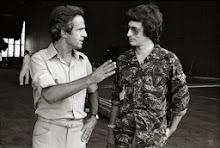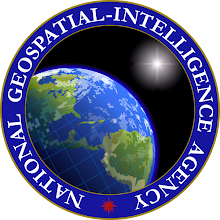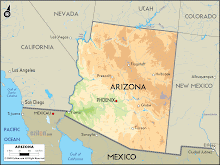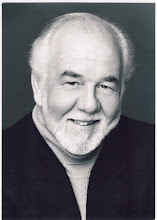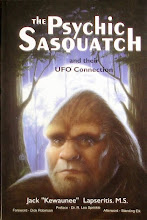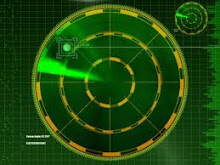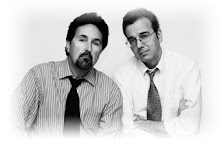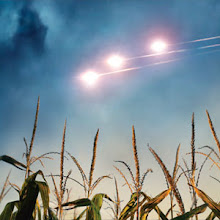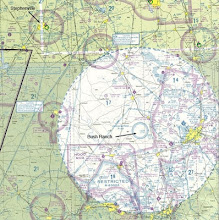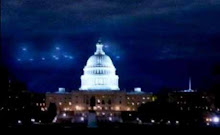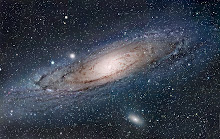By Steve Hammons
(A version of this article appears in the April-June 2010 edition of EdgeScience magazine on the website of the Society for Scientific Exploration.)
“Weird science” and “weird science journalism” may reconfigure how science is explored, communicated and understood.
The field of journalism is going through significant changes as print and broadcast media are transformed by electronic media of various kinds.
Science journalism is no exception. It now includes a wider range of potential communication platforms that provide opportunities to include expanded content and focus. The professionalism and credibility of some paraprofessional and citizen journalists is sometimes questioned, with good reason.
Sometimes, this growth of paraprofessional and citizen journalism is perceived as, and generally acknowledged to be, a trend that has some negative aspects. However, parts of these changes are related to more vigorous coverage of topics that science journalists may have been covering inadequately.
Often sticking with safe and conventional science topics, some traditional science journalists might have missed very interesting emerging developments in a range of scientific areas.
EMERGING VIEWS
Certain topics deemed unconventional, anomalous, metaphysical, fringe or even paranormal may, in fact, be very legitimate subjects that science journalists can cover. In the area of emerging discoveries, the public may be ahead of some science journalists in recognizing coming trends.
Where to begin? Interesting discoveries have been made in the fields of human psychology and consciousness, quantum physics and unidentified phenomena in the skies, to name a few.
Granted, some of the normal scientific inquiry and scientific journalism coverage over past decades may have been stifled by national security restrictions on these topics. However, the times are a changing and topics that previously were kept under tight security may now be more appropriate for public education and acclimation.
For example, the U.S. defense and intelligence communities’ research and operational activities often referred to as Project STAR GATE were top secret for over two decades.
However, since the mid-1990s, information on the rigorous scientific protocols involved has been declassified and released. These activities made highly significant discoveries about the nature and capabilities of human consciousness.
What has been called “anomalous cognition” might actually be just alternative cognition, complementary cognition or integrative cognition.
This research also led to the innovative concept of “transcendent warfare,” a term coined by a Navy SEAL officer.
Related to these consciousness studies, quantum physics research has uncovered further anomalous indications that seem to point toward revised views of the nature of the Universe. Some researchers now refer to the Universe as a multiverse where various dimensions interact and intersect.
And then there is the topic of what we generally refer to as unidentified flying objects (UFOs). This terminology could now be somewhat obsolete – at least in the cases of some UFOs. According to many respectable and reliable researchers, some UFOs that appear to be solid craft might be identified.
Some may be U.S. advanced aircraft or spacecraft. Some may be spacecraft of a more exotic origin. Some may not be solid objects and could be various kinds of phenomena we do not fully understand, but should try to.
OPEN MINDS
When considering these and other unconventional scientific topics, it might be useful for science journalists to abandon the term paranormal and think about aspects of them that may be normal and natural, and therefore worthy of normal journalistic inquiry.
Again, science journalism can possibly be excused over past decades of inattention to certain unconventional topics because of security measures that discouraged legitimate coverage of them.
This excuse may no longer be valid.
If science journalists want to attract readers, viewers and audiences who are interested in relevant and meaningful topics, the integration of conventional and more unconventional journalistic coverage is probably appropriate.
In this sense, integrative journalism may be similar to the concept of integrative medicine or integrative cognition – taking the best of both conventional and emerging science to create more useful perspectives and understanding.
Avoiding responsible and thorough coverage of important scientific subjects, including the unconventional, may diminish the perceived relevance of science journalism for millions of Americans and people worldwide.
More important than the fate of establishment science journalists, the human race may be affected by the lack of open-minded inquiry about vitally important emerging phenomena and developments.
Saturday, February 20, 2010
Science journalism faces media changes, emerging discoveries
Sunday, February 14, 2010
‘Avatar’ also story of deep DNA within many Americans
By Steve Hammons
Sunday, February 7, 2010
ESP in sports: Watch ‘sixth sense’ in Super Bowl
By Steve Hammons
This year’s Super Bowl might show us examples of ESP in sports.
It is well known that constant practice in sports and “situational awareness” can combine to allow an athlete to perform “on instinct.”
Intense focus in the here and now in the middle of multiple rapidly-occurring events in a sport contest can combine to create an environment where athletes can experience “anomalous cognition,” meaning unusual or unconventional perception and awareness.
Many people have read about ESP in fields like intelligence (U.S. Project STAR GATE), police work and martial arts, but the frequency of anomalous cognition in sports may not be as widely recognized.
What do we mean by the word instinct? Some researchers believe that instincts are also related to a “sixth sense” that can transcend our normal view of perception. That is, we can perceive in ways in addition to, complementary to, though slightly different than, our five senses of sight, touch, hearing taste and smell.
Some researchers suspect that ESP and anomalous cognition are not unusual at all. Rather, this is a natural part of human consciousness. It is not paranormal – it is normal. We might even call it “complementary cognition” or “integrative cognition.”
TWO RECON PIONEERS
When the book "Golf in the Kingdom" by Michael Murphy was published in 1972, many people interested in sports had not fully considered the impact of unconventional consciousness in athletics. His 1992 book "The Future of the Body" also addresses related subjects.
Murphy was co-founder of the Esalen Institute in Big Sur, California, where many elements of the human potential movement and expanded human consciousness were explored. In his younger days, Murphy had served in the U.S. Army as a psychology specialist.
The interests and perspectives of Murphy and many of his colleagues involved in the human potential movement were recently explored in the movie "The Men Who Stare at Goats."
A close associate of Murphy, president emeritus of the Esalen Institute George Leonard, also wrote the 1975 best-selling book related to ESP or expanded consciousness titled "The Ultimate Athlete."
A fifth-degree black belt in Akido himself, Leonard also explored these topics in the book "The Way of Aikido: Life Lessons from an American Sensei" (1999).
Leonard was a former Army Air Corps attack (fighter-bomber) pilot during WWII, serving in the southwest Pacific theater. He served as an analytical intelligence officer during the Korean War.
Leonard passed on recently, on Jan. 6, 2010.
STAR GATE AND SPORTS
Perhaps some of the most useful research on the topic of unconventional awareness and perception comes from the U.S. government joint effort known as Project STAR GATE, conducted during the 1970s, ‘80s and ‘90s.
This activity explored the ability of individuals to perceive things, places, information and situations from a remote location. They were able to gather important intelligence using only their consciousness.
In fact, a Navy SEAL officer wrote in a researcher paper for the Marine Corps War College that Project STAR GATE reflected a concept he called “transcendent warfare” – using advanced and emerging understanding in new ways.
Project STAR GATE activities also noted a key element that dovetails with sports and athletics: It seemed that the ESP impressions came to “remote viewers” through their bodies in a somewhat unconscious or subconscious way.
The people involved in the specific technique and protocol named “remote viewing” in Project STAR GATE found that letting impressions bubble up from their subconscious, and not using the conscious mind to try to interpret the information, led to more successful results.
They typically relaxed their minds and used various techniques to attempt to acquire information, then let their body express these perceptions by making sketches and notes in a spontaneous way.
Here we see the connection with sports and other activities. When the task at hand is partially a physical one, and we are using our body as much as, or more so than our conscious thinking mind, we may be more prone to accessing our sixth sense.
In this year’s Super Bowl, we might see examples of this if we look closely. And, if we open our minds to these possibilities, we might see expanded perception in our own lives.
These aspects of human development and education are relevant to not only sports and athletics, but a broad range of human activities in many fields.
And what is fun and interesting about the situation is the fact that we can look inside ourselves and explore these fascinating and transcendent elements of human consciousness, tapping into our own sixth sense.




























